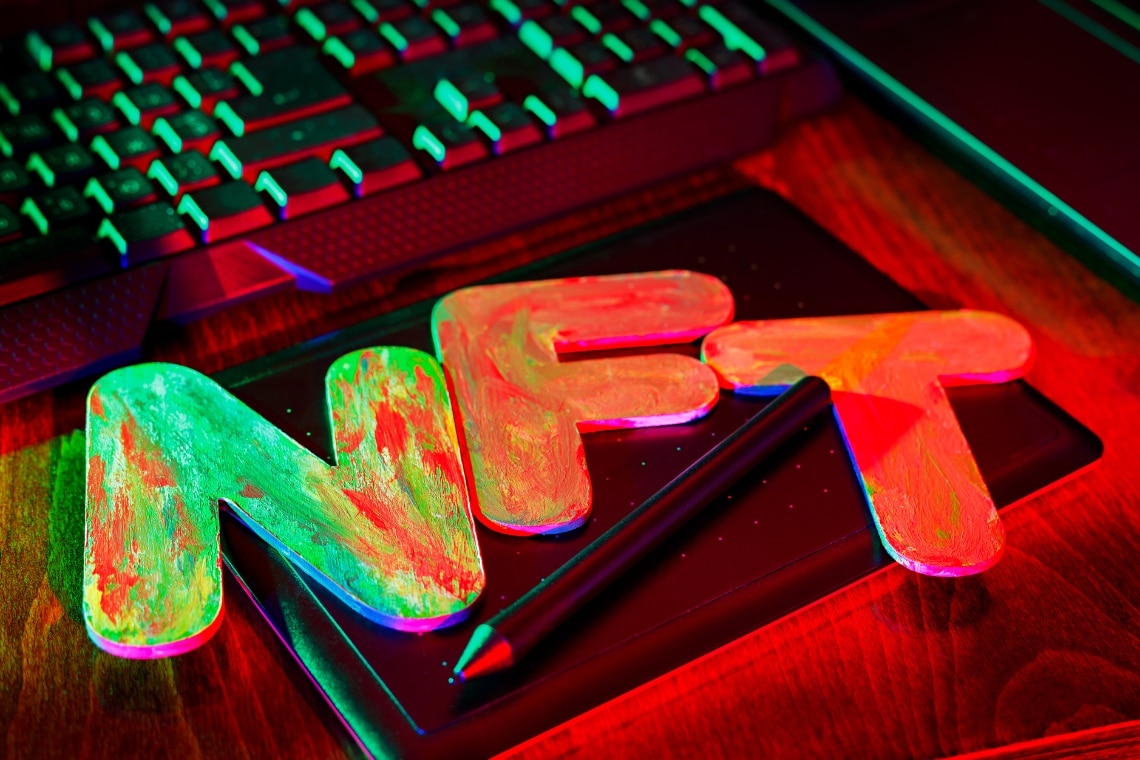Ordinals launched less than three months ago, yet the equivalents of Non-Fungible Tokens (NFTs) on Bitcoin’s blockchain have already surpassed one million.
This weekend Bitcoin Ordinals inscriptions crossed 1 million, generating over $4.8 million in tx fees for the network pic.twitter.com/aSxgngYBsO
— Will Clemente (@WClementeIII) April 10, 2023
According to data posted on dune.com, as of 8 April, Ordinals inscriptions had surpassed 1,000,000, and are now approaching 1.1 million.
It is worth noting that until 21 March they had been growing at a steady pace but without a real boom, and thereafter until the first of April the growth even slowed slightly.
There was a boom in the first nine days of April, when they rose from 680,000 to 1,050,000.
This boom for now seems to have stopped, but the average rate of growth since they were officially launched is 15,000 new Inscription Ordinals created each day.
The fees of Non-Fungible Tokens on Bitcoin
One of the main concerns about this initiative is the impact on fees.
Indeed, inscriptions can neither be created nor exchanged using Bitcoin’s Layer 2 solution such as Lightning Network, but only on-chain.
Since the number of daily transactions supported by Bitcoin’s blockchain is actually limited, a large number of transactions related to Ordinals could significantly increase the fees for on-chain BTC transactions.
To be fair, despite the boom, fees on Ordinals transactions were only high in the first half of February, and from 22 to 25 March, and then almost always under 5 BTC per day in total.
In fact, the average cost per transaction on Bitcoin’s blockchain over the past two and a half months has increased a great deal only in the days around 23 March, and most likely not because of Ordinals.
Indeed, in those days the price of BTC experienced a temporary jolt, going from $28,500 to $26,700 in a very short time, thus causing a lot of movement. In other words, it was BTC’s legacy transactions that affected Ordinals’ fees, and not vice versa.
Indeed, for three days now, Ordinals’ transactions have been generating less than 1 BTC per day in fees overall. Meanwhile, the average cost per transaction on Bitcoin’s blockchain, while down from March, is still around November 2022 levels, and only slightly lower than it was in May 2022.
It is enough to consider that to date, the total fees paid for Ordinals transactions are just over $5 million, which is only a tiny fraction of those paid for BTC transactions.
The preferred types of Non-Fungible Tokens (NFTs) created
One thing that is surprising is that the preferred type of Ordinals inscription being created is text tokens, followed only in second place by images.
Indeed at first, meaning for most of the month of February, images dominated unchallenged, but since then textual inscriptions have taken over.
It is worth remembering that while real Non-Fungible-Tokens (NFTs), for instance on Ethereum, are just codes that are associated with a file, inscriptions on Bitcoin are real content, in textual format, image, video, and so on, that are recorded on the blockchain.
On a strictly technical level they are not NFTs, but having in fact the same function as real NFTs associated with files, they function in an extremely similar way.
48% of all Ordinals created so far are text, followed at 34.5% by png images, and 9% by webp images.
The numbers of Ordinals
In light of these numbers it is possible to say that Ordinals have certainly been a good success, perhaps even more successful than expected, but it has not been a resounding boom.
It is also worth mentioning that this in itself is not a great time for the NFT market, but the trading volumes of NFTs on Ethereum are still immensely larger.
So while the launch turned out to be a success, perhaps even more successful than expected, this by no means means that the Ordinals market has exploded.
It will probably be necessary to wait for a general upswing in the NFT market in order to judge it, so as to assess above all its competitiveness with Ethereum and the other chains most widely used for this purpose.
Moreover, the chain that to date seems most able to compete with Ethereum in this respect is Polygon, which is an Ethereum layer 2 that greatly reduces fees.
On average nowadays a transaction on Bitcoin’s blockchain costs around $2, with the median around $1, a figure significantly lower than that of on-chain transactions on Ethereum, but significantly higher than those on Polygon.

